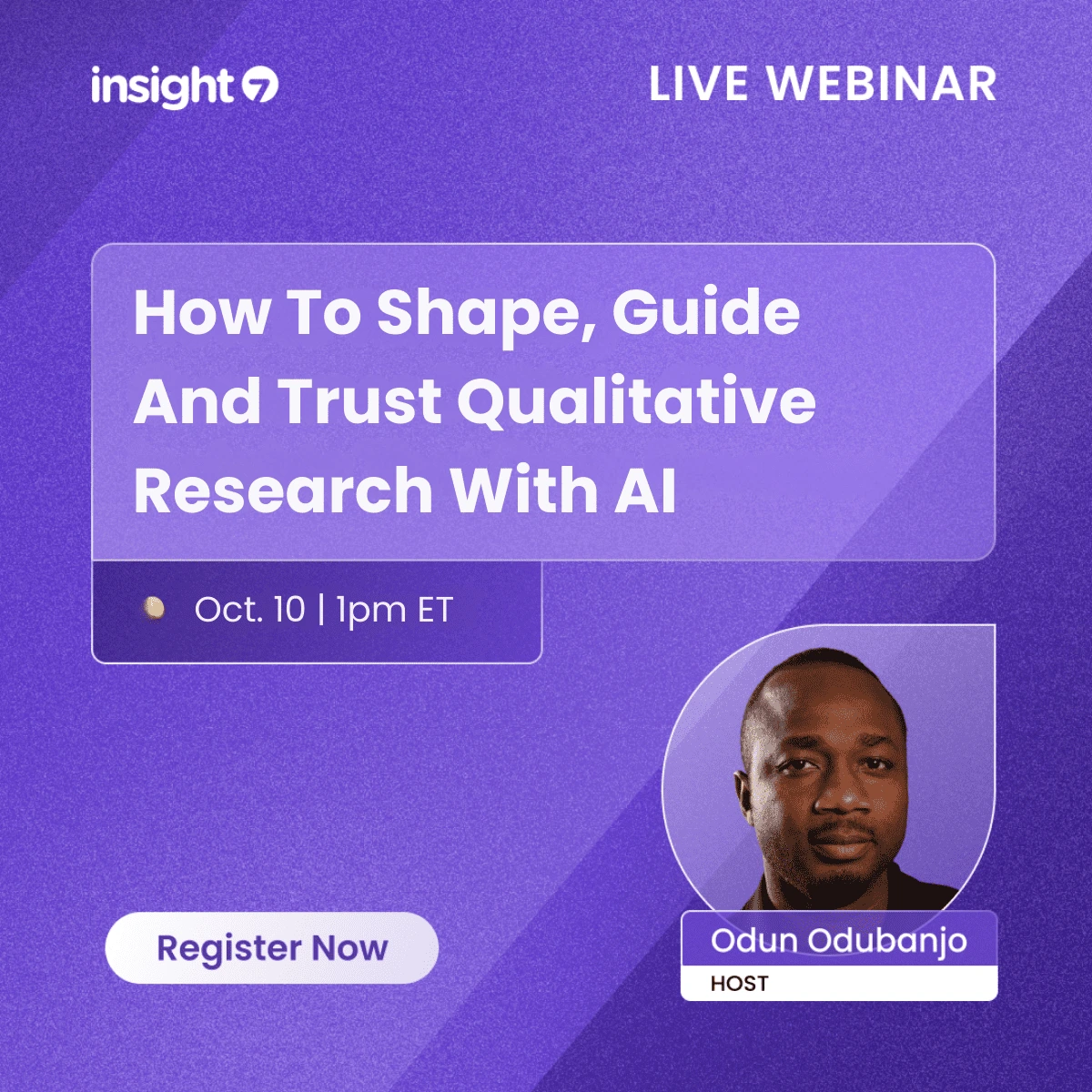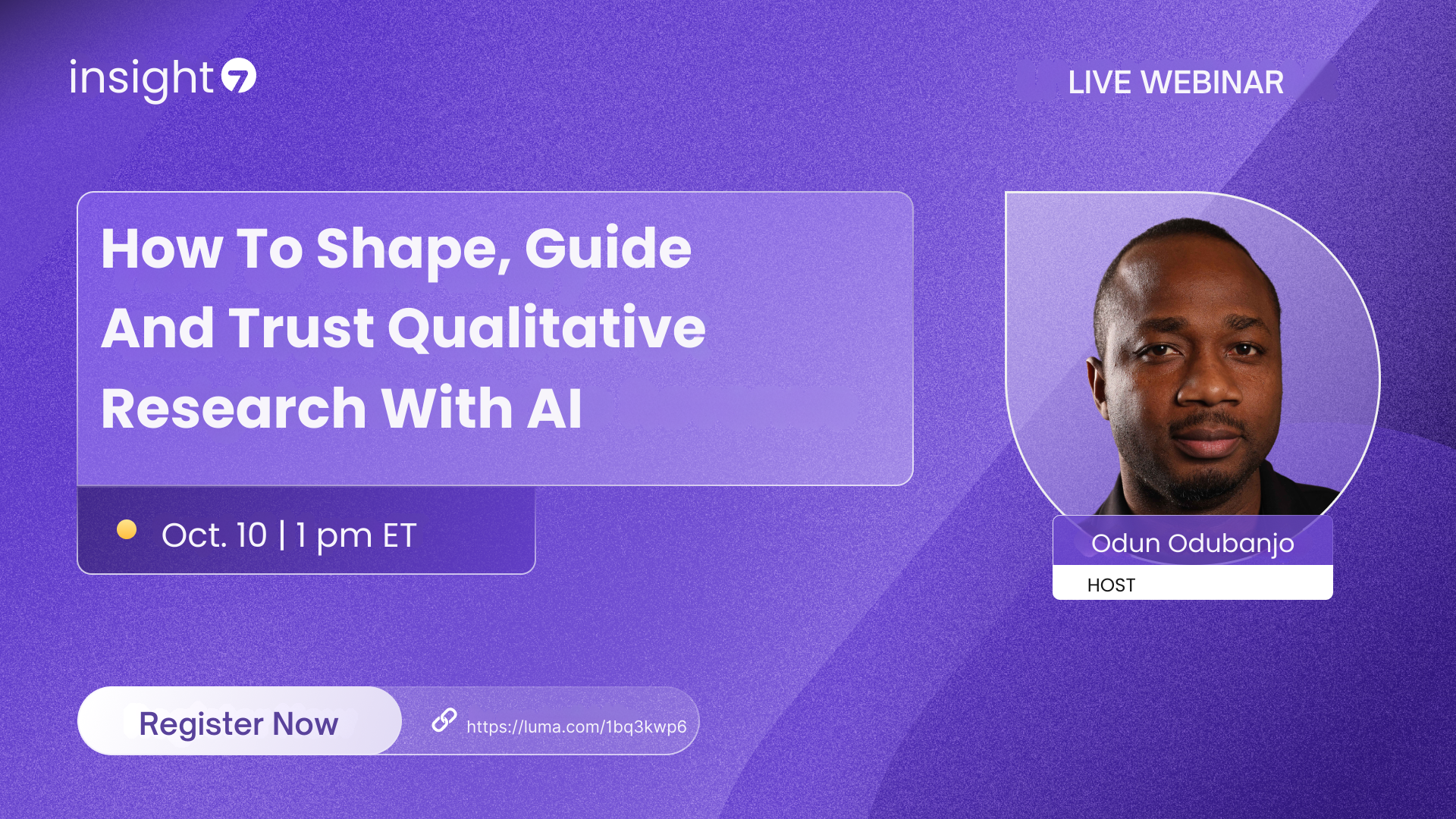How to Monitor Real-Time Agent Utilization With BI Tools
-
Bella Williams
- 10 min read
Agent Utilization Monitoring serves as the backbone for effective real-time workload management in dynamic environments. Organizations today face the challenge of maximizing their workforce efficiency while ensuring exceptional service delivery. By employing real-time monitoring techniques, businesses can gain immediate insights into agent productivity and identify areas that require improvement.
This section emphasizes the critical role of real-time monitoring in enhancing operational performance. Real-time analytics not only assist in tracking individual performance metrics but also contribute significantly to broader organizational goals. By understanding agent utilization, managers can make informed decisions, ensuring optimal resource allocation and alignment with customer expectations. This proactive approach transforms data into actionable strategies for success.
Analyze & Evaluate Calls. At Scale.

Understanding the Importance of Agent Utilization Monitoring
Agent Utilization Monitoring is essential for optimizing workforce efficiency and enhancing overall business performance. By closely tracking how agents use their time, organizations can identify inefficiencies that might otherwise go unnoticed. This process not only helps in understanding the daily productivity of agents but also plays a crucial role in aligning resources with customer demand and expectations.
Moreover, monitoring enables businesses to address training gaps and improve service delivery. It provides insights into common customer queries that agents face, allowing for better preparation and resource allocation. Continuous monitoring fosters a culture of accountability, where agents are encouraged to enhance their performance through clear metrics and feedback. Ultimately, investing in Agent Utilization Monitoring can lead to significant improvements in both customer satisfaction and operational costs, reaffirming its importance in today’s fast-paced business environment.
The Role of Agent Utilization Monitoring in Business Efficiency
Monitoring agent utilization is crucial for enhancing business efficiency. By systematically tracking how agents spend their time, organizations can identify areas of improvement. This not only helps in optimizing workflows but also leads to better resource allocation, ensuring that agents are engaged in high-value tasks. The insights gained from agent utilization monitoring help management make informed decisions about workforce assignments and training needs, thus driving overall productivity.
Moreover, effective agent utilization monitoring is directly linked to customer satisfaction and operational costs. When agents are efficiently utilized, they are better positioned to respond to customer inquiries promptly. This leads to improved service levels and happier customers. Additionally, businesses can reduce operational costs by minimizing idle time and ensuring that resources are effectively managed. Ultimately, commitment to monitoring agent utilization aids in creating a more streamlined operation, fostering a culture of continuous improvement.
Impact on Customer Satisfaction and Operational Costs
Effective agent utilization monitoring is crucial for enhancing customer satisfaction and reducing operational costs. When organizations deploy business intelligence tools to track real-time metrics, they gain insights into agent performance. These insights facilitate better decision-making, which leads to improved service levels. Customers experience faster response times and higher service quality, significantly bolstering satisfaction.
Moreover, optimized agent utilization can streamline operational costs. By identifying periods of high and low demand, businesses can allocate resources more effectively. This ensures that agents are neither overworked nor underutilized. Organizations can reduce overtime expenses and avoid hiring additional staff unnecessarily, leading to more efficient operations. In summary, effective monitoring directly correlates to happier customers and healthier bottom lines, demonstrating the significant impact of agent utilization monitoring on overall business success.
Extract insights from interviews, calls, surveys and reviews for insights in minutes
Utilizing BI Tools for Effective Agent Utilization Monitoring
To effectively monitor agent utilization, utilizing BI tools is essential for gaining insights into performance metrics. These tools facilitate real-time data analysis, allowing managers to assess how well agents are engaging with their tasks. The ability to visualize performance trends and identify potential bottlenecks helps organizations ensure that resources are allocated efficiently.
When implementing a BI tool for agent utilization monitoring, consider features such as customizable dashboards and automated reporting capabilities. These functionalities enable continuous oversight of agent activities, making it easier to detect underperformance and areas needing improvement. Moreover, integrating with real-time data sources ensures that the insights are always current, empowering decision-makers to make informed adjustments swiftly. By embracing these strategies, businesses can enhance agent productivity and improve overall operational effectiveness.
Features to Look for in BI Tools
When evaluating BI tools for agent utilization monitoring, it's crucial to focus on key features that enhance performance tracking. First, look for real-time data integration capabilities. This allows for immediate insights, enabling managers to respond swiftly to any shifts in agent activity. Next, ensure the tool offers customizable dashboards. This feature provides users with the ability to tailor the information displayed, making it easier to track specific metrics relevant to agent performance.
Another important feature is automated reporting. Automated reports save time and ensure consistency in monitoring agent utilization metrics. Furthermore, consider tools that incorporate data visualization options, like charts and graphs, to help interpret the data quickly. Finally, ensure that the BI tool supports collaborative features for seamless communication among team members. By focusing on these key elements, businesses can enhance their ability to monitor agent utilization effectively and make data-driven decisions that lead to improved operational efficiency.
Step-by-Step Process for Monitoring Agent Utilization
To effectively implement agent utilization monitoring, begin by selecting a robust Business Intelligence (BI) tool. This step lays the foundation for capturing and analyzing real-time data. Ensure your BI tool supports integration with various data sources to gather relevant information on agent activity across multiple platforms. Once your tool is set up, the next step is configuring these data sources to provide seamless access to the information needed for monitoring usage.
After configuration, focus on visualizing agent utilization metrics. This entails creating dashboards that highlight key performance indicators, such as call volumes and response times. The visual aspect will allow you to quickly assess how efficiently your agents are performing. With these steps, your monitoring system can function as a powerful resource for driving operational improvements and enhancing overall business efficiency. Implementing a structured approach will ultimately support data-driven decisions that boost both agent performance and customer satisfaction.
Step 1: Setting Up Your BI Tool
To initiate your journey in monitoring real-time agent utilization, the first step involves setting up your BI tool effectively. Begin by selecting a suitable Business Intelligence platform that aligns with your organization’s requirements. A user-friendly interface is essential, allowing all team members to navigate with ease. This accessibility ensures that everyone can contribute to effective agent utilization monitoring without needing extensive training or expertise.
Next, integrate relevant data sources. Connect your BI tool to systems that capture agent activities, including call logs and customer interactions. This connection is vital, as it allows for real-time data flow, enabling more accurate and timely insights. Once set up, you can begin outlining key performance indicators (KPIs) to measure, providing a clear view of agent performance and operational efficiency. This structured approach sets a solid foundation for monitoring agent utilization effectively, empowering your team to make informed decisions.
Step 2: Configuring Real-Time Data Sources
Configuring real-time data sources is a crucial step in agent utilization monitoring. This phase includes setting up connections that facilitate immediate data flow from various sources into your BI tools. By ensuring these sources are accurately configured, you enable your team to gain insights into agent performance as it happens, allowing for timely decision-making.
To effectively configure real-time data sources, consider the following key steps:
- Identify Data Sources: Determine which systems generate the data needed for monitoring. Common sources include call center software, CRM systems, and support ticket platforms.
- Establish Connections: Use APIs or data integration tools to connect your BI platform with the identified data sources. This ensures seamless data transfer without delays.
- Set Data Frequency: Decide how often the data should update. Opt for real-time updates when monitoring critical metrics, such as agent response times and workload.
- Test Data Accuracy: Verify that the data collected aligns correctly with performance metrics. Conduct tests to confirm real-time accuracy before relying on it for operational insights.
These steps will empower effective agent utilization monitoring and enhance real-time insights into your operations.
Step 3: Visualizing Agent Utilization Metrics
Visualizing Agent Utilization Metrics is essential for effective agent utilization monitoring. In this step, utilizing Business Intelligence (BI) tools allows you to transform raw data into meaningful visual insights. By creating dashboards that highlight key performance indicators, you can track how efficiently agents are working in real-time. This visualization helps in pinpointing trends, identifying peak operational hours, and assessing individual agent performance.
To create effective visualizations, focus on three key aspects:
Selection of Metrics: Determine which metrics provide the clearest view of agent productivity. Metrics like average handle time, wait time, and resolution rate are critical.
Dashboard Design: Design your dashboard for clarity. Ensure it visually represents data trends using graphs, pie charts, and heatmaps.
Regular Updates: Keep your visualizations updated to reflect real-time changes. This ensures you make timely informed decisions and adapt strategies accordingly.
With a solid visual representation, stakeholders can swiftly understand agent performance, ultimately enhancing overall business operations.
Top BI Tools for Real-Time Agent Utilization Monitoring
When considering the top BI tools for real-time agent utilization monitoring, several options stand out for their robust features and usability. These tools enable organizations to track agent performance, workload, and efficiency in a comprehensible way. Notably, Microsoft Power BI offers extensive visualization options, allowing teams to create interactive dashboards that present data at a glance. Tableau stands out with its ability to handle large datasets, providing real-time insights that help managers make informed decisions.
Looker is another powerful tool, emphasizing data exploration and reporting, which aids in understanding agent productivity trends. Additionally, Qlik Sense allows for easy integration of various data sources, providing a comprehensive view of agent performance metrics. Utilizing these BI tools can drastically enhance agent utilization monitoring efforts, leading to amplified operational efficiency and improved service quality. By selecting the right tools, businesses can ensure real-time insights that empower their teams to perform better and optimize workflows.
insight7: The Leading Choice for Agent Utilization
When evaluating options for agent utilization monitoring, understanding the unique features of each tool is essential. Insight7 stands out as a leading choice, offering a comprehensive solution tailored for real-time insights into agent performance. The platform effectively addresses the growing challenge of analyzing vast amounts of customer data generated through interactions. With its user-friendly interface, it empowers organizations to easily access and act on vital metrics that enhance operational efficiency.
The benefits of utilizing Insight7 go beyond mere data collection. By fostering proactive engagement and facilitating collaboration, it helps streamline communication among teams. This ensures that the insights derived from agent interactions are harnessed to improve customer experience and drive business strategies. Real-time monitoring of agent utilization through Insight7 can lead to enhanced productivity and significantly lower operational costs, establishing it as a pivotal tool for businesses aiming to remain competitive in today’s fast-paced environment.
Microsoft Power BI
Microsoft Power BI offers a robust platform for monitoring agent utilization in real time. Its user-friendly interface allows businesses to transform complex data into intuitive visualizations. With Power BI, organizations can analyze critical performance metrics and gain insights into agent efficiency. This enables businesses to quickly identify trends and address any issues that may arise.
To effectively implement agent utilization monitoring with Power BI, it is essential to harness its advanced features. Begin by connecting Power BI to relevant data sources, such as CRM systems and call logs. Customize dashboards for real-time tracking of metrics like call duration, response times, and resolution rates. By continuously updating these dashboards, stakeholders can make informed decisions that drive operational improvements and enhance customer satisfaction. Ultimately, consistent monitoring with Microsoft Power BI empowers businesses to optimize workforce productivity and improve service quality.
Tableau
Tableau is a powerful tool for monitoring real-time agent utilization, providing essential insights through intuitive visualizations. With its user-friendly interface, teams can efficiently access performance metrics without requiring advanced technical skills. Tableau allows users to create customized dashboards that display key metrics, offering an easy way to track agent performance in real-time. This functionality enhances decision-making, ensuring that managers have up-to-date information on resource allocation.
In addition to visualizing data, Tableau enables deeper analysis of agent utilization trends. Users can segment the data by various parameters such as time, team, or individual performance. This flexibility helps identify patterns and areas needing improvement, allowing businesses to optimize resource deployment and enhance overall efficiency. By effectively harnessing Tableau for agent utilization monitoring, organizations can ensure they are operating at peak performance and delivering the best possible service to customers.
Looker
Looker stands out among BI tools as a remarkable solution for agent utilization monitoring. It offers a user-friendly interface that simplifies the analysis of real-time data. By integrating seamlessly with various data sources, Looker empowers businesses to track agent productivity effectively. This visual data representation facilitates swift decision-making, enabling teams to identify areas for improvement and optimize workflows.
When it comes to monitoring agent utilization, Looker provides essential features that enhance operational efficiency. Users can customize dashboards to display key performance indicators relevant to their specific needs. Additionally, the tool allows for collaborative features, promoting team engagement in data analysis and strategy formulation. Embracing Looker, organizations can transform insights into actionable strategies that drive performance improvements in customer service and overall productivity.
Qlik Sense
Qlik Sense is a powerful BI tool designed for visualizing and analyzing data in real time. It provides businesses with the ability to gain insights into various metrics, including agent utilization. Understanding how to leverage Qlik Sense for Agent Utilization Monitoring is crucial for any organization seeking to improve efficiency and agent performance.
This tool allows users to create interactive dashboards that display live data, making it easier to identify trends and bottlenecks. By connecting to real-time data sources, Qlik Sense plays a pivotal role in monitoring agent performance metrics, ensuring that decision-makers have access to the necessary information for strategic planning. Furthermore, the intuitive interface can help promote collaboration among teams, enabling quicker responses to changing conditions in the workforce. Embracing Qlik Sense for Agent Utilization Monitoring allows businesses to stay agile and competitive in today's fast-paced environment.
Conclusion: Optimizing Business Processes Through Agent Utilization Monitoring
Optimizing business processes through agent utilization monitoring is essential for enhancing efficiency and improving customer experiences. By effectively tracking how agents perform in real-time, organizations can identify bottlenecks and allocate resources more strategically. This monitoring aids in uncovering trends that highlight both high and low productivity areas, enabling management to address challenges swiftly.
Furthermore, integrating BI tools into this monitoring process adds valuable insights, transforming raw data into actionable reports. By leveraging these insights, teams can make informed decisions that drive performance improvements and ultimately lead to higher customer satisfaction. Prioritizing agent utilization monitoring fosters a culture of continuous improvement and operational excellence.
Analyze & Evaluate Calls. At Scale.








